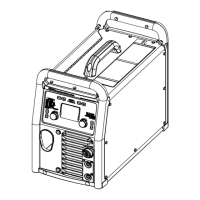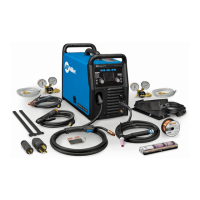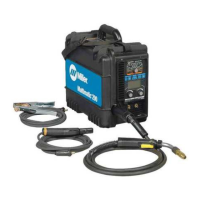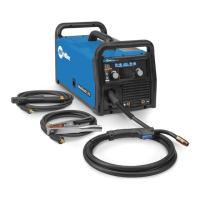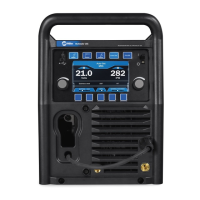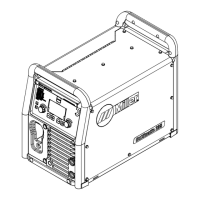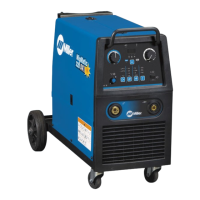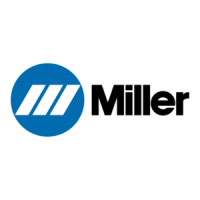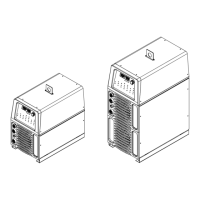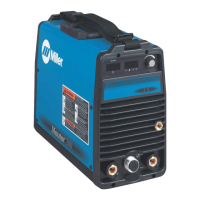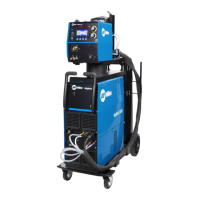What to do if Miller Multimatic 220 has erratic welding arc?
- PPaula GlassJul 29, 2025
If you're experiencing an erratic or improper welding arc or output with your Miller Welding System, use the proper size and type of weld cable. Also, clean and tighten all weld connections. Verify the electrode polarity and check for poor connections to the workpiece.
